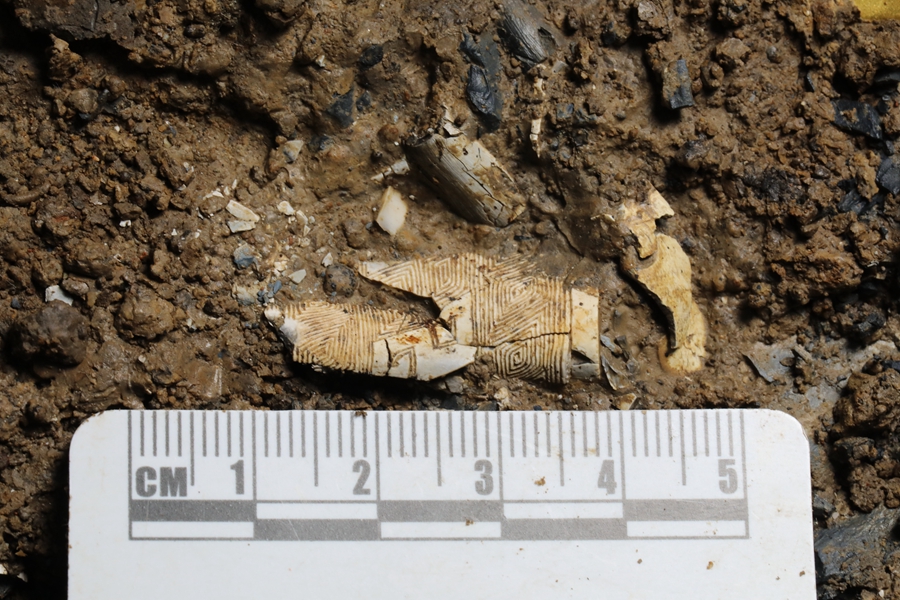

Outside influence
Due to the mountainous landscape surrounding Sichuan, in ancient times the region was often considered to be relatively isolated. In a stanza written by the great Tang Dynasty (618-907) poet Li Bai, he describes the road to Shu as "even more difficult than stepping into heaven".
Nevertheless, the findings in the Sanxingdui pits indicate that connection between the region and the outside was commonplace.
In pit No 3, a horde of ritual bronze vessels were recently unearthed. Two square zun, a vessel for holding wine typical to the Shang Dynasty (c. 16th to 11th century BC) which ruled what is today's Central China, were found for the first time. Other bronzeware also carried basic shapes associated with Shang style blended with original designs and details.
"Items from the Sanxingdui culture have outstanding local styles," Zhang Changping, an archaeology professor at Wuhan University in Hubei province, says. "But they also embrace a strong influence from Central China, sharing some cultural identity.
"In Sanxingdui bronzeware we also find some elements of the cultures of the middle and lower reaches of the Yangtze River that have become apparent through a series of separate archaeological excavations along the river," he says.
More artifacts also show the status of Sanxingdui as a cultural crossroads that not only absorbed, but also influenced others across a wide geographic area.